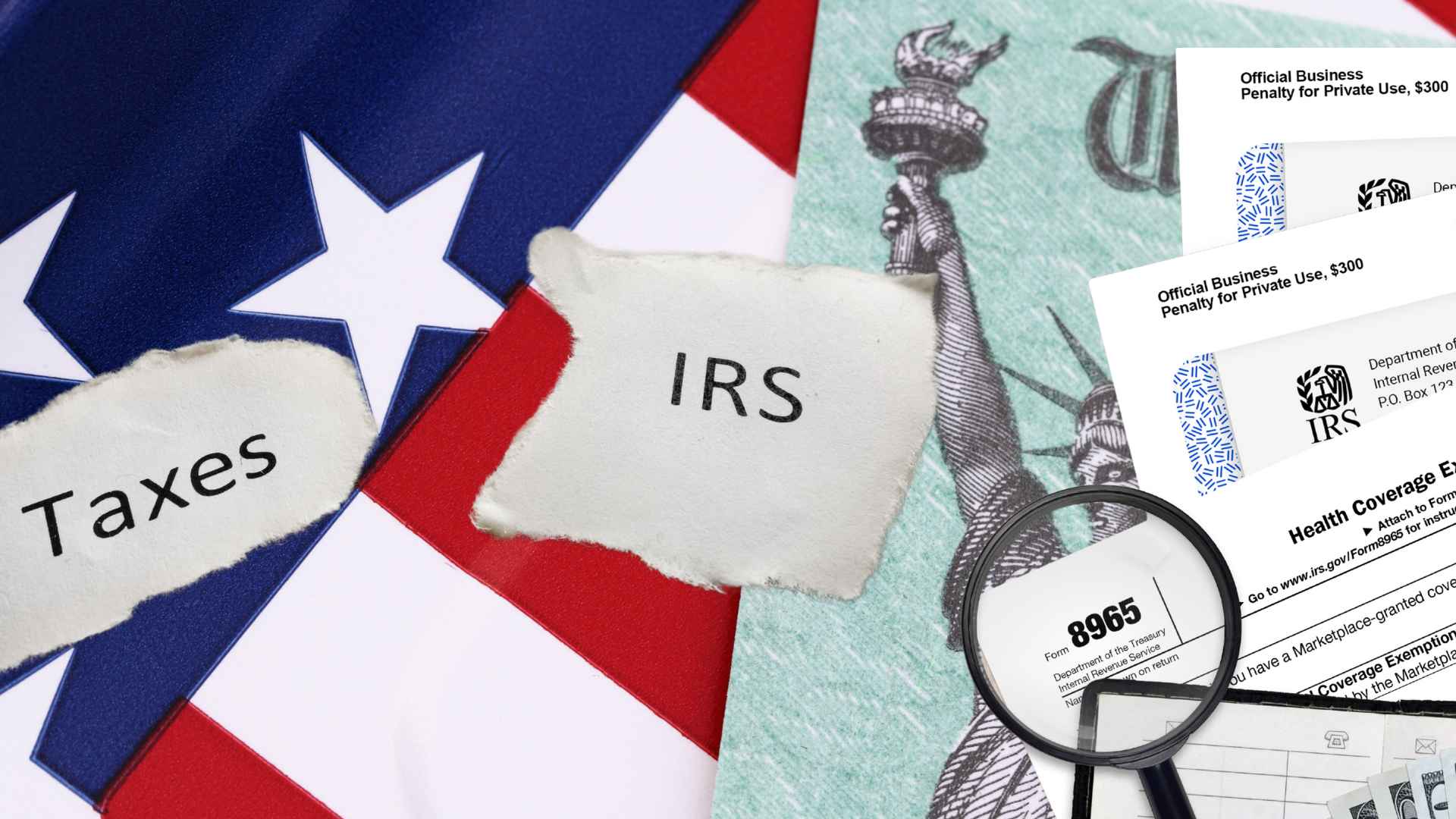The Internal Revenue Service (IRS) is reminding taxpayers about a penalty that applies when bank accounts used for tax payments do not have sufficient funds. This measure is designed to ensure that individuals and businesses meet their obligations responsibly and avoid bounced payments.
Why is the IRS focused on insufficient funds now?
In recent updates, the IRS has emphasized that any tax-related payment made by check or electronically must be supported by adequate funds. If the amount is not available, the payment is automatically rejected, and the account owner may receive a notice warning them of possible fines.
This could affect taxpayers who attempt to settle federal obligations hastily, hoping to cover the balance before the transaction clears.
What does the IRS say about rejecting checks for tax payments and imposing possible fines?
When a payment is dishonored, the IRS classifies it as an unpaid amount, triggering a potential penalty. For payments below $1,250, the penalty is either $25 or the exact amount of the check, whichever is smaller. However, for amounts over $1,250, the penalty is equal to 2% of the total.
That can add up fast, especially for individuals who are already juggling multiple financial responsibilities. Below is a quick reference table for clarity:
| Payment Amount | Penalty |
|---|---|
| Less than $1,250 | $25 or the payment amount (whichever is less) |
| More than $1,250 | 2% of the total payment |
If you do receive a notice, keep an eye on the deadlines. Ignoring it could lead to further complications, including interest on the unpaid debt.
How to properly submit proof if you want to avoid the IRS penalty and ensure no extra charges?
The IRS has stated that certain circumstances may exempt taxpayers from this charge. Did you have every intention of paying on time but miscalculated your balance? If so, the agency offers a chance to prove it was an honest mistake. To request a reduction or removal of the penalty, filers may need to:
- Write a brief statement outlining why there were insufficient funds.
- Include documentation (bank statements, for example) that supports the explanation.
- Sign and date the written appeal, then mail it to the address specified on the notice.
By following these steps, some taxpayers might successfully demonstrate that they acted in good faith and avoid paying extra fees. However, this is never guaranteed.
Ultimately, being aware of how your bank account balances align with tax deadlines is the best way to steer clear of penalties. Double-checking available funds, reviewing IRS notices carefully, and gathering proper documentation can help individuals minimize unnecessary expenses.

